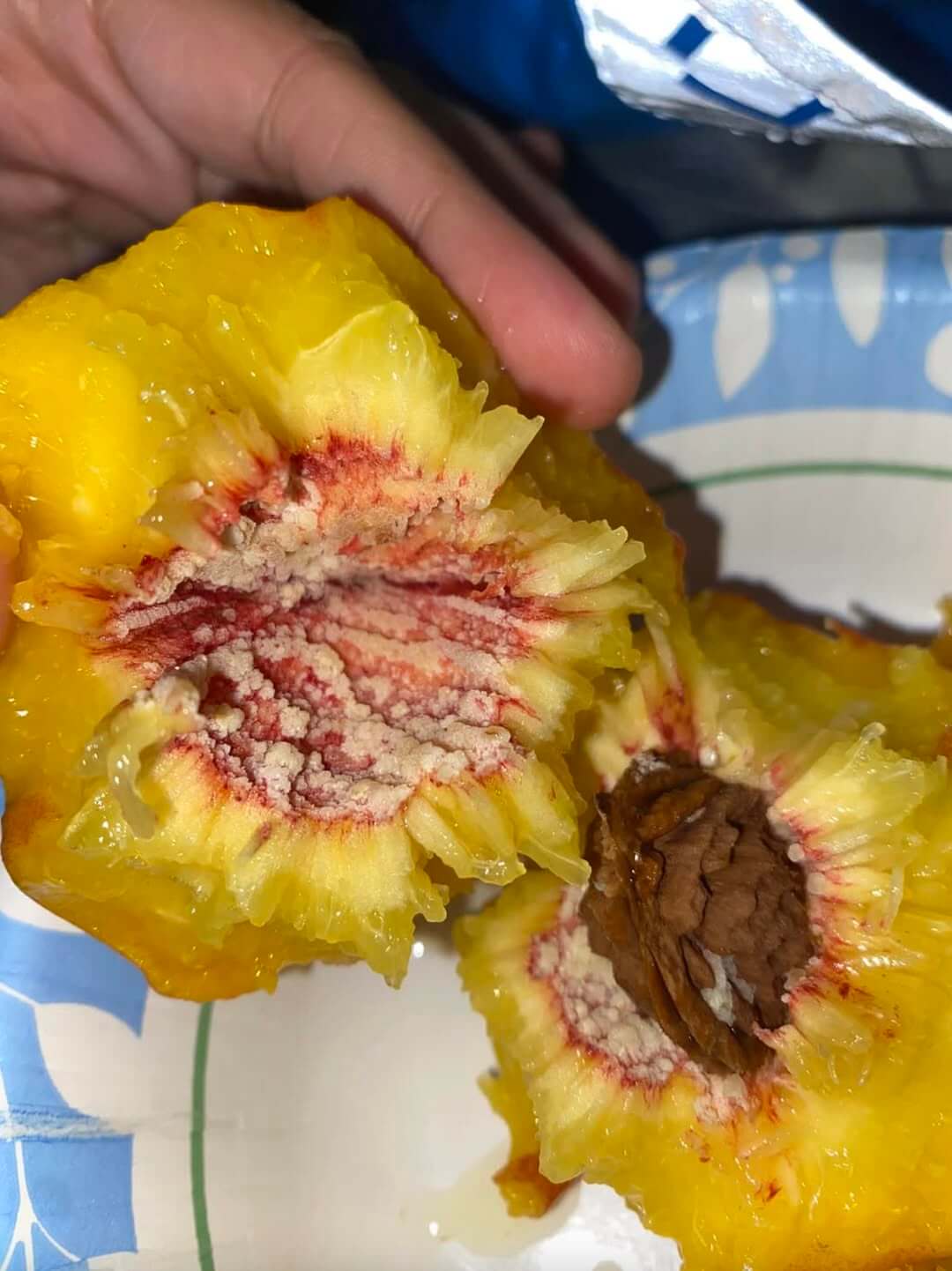If you’ve ever bitten into a ripe, juicy peach and spotted some strange white stuff clinging to the pit, you might have paused for a second. Don’t worry—it’s not mold, fungus, or anything dangerous. In fact, this white substance is something known as peach callus tissue, and it’s a completely natural part of the fruit’s development.
So, what is peach callus tissue exactly? It’s made up of undifferentiated plant cells, which means these cells haven’t yet taken on a specific function. Think of them like interns in a company who haven’t been assigned a permanent role—they’re still deciding what they want to become. These cells are part of a normal growth process, and their presence is not a sign of spoilage or contamination.
The white tissue usually forms during the natural development of the peach pit, which is the seed nestled at the fruit’s center. As the fruit matures, the cells in and around the pit can start forming this callus tissue. It acts like a kind of protective barrier for the developing seed—like a fruit’s version of a security system. This natural defense mechanism ensures the pit has the right conditions to complete its growth.
You might think it looks odd, especially if you’ve never seen it before, but it’s actually quite common. Many fresh peaches, particularly those that are organically grown or freshly picked, may have visible traces of this tissue. So if you’re concerned about food safety or fruit freshness, rest assured this isn’t a red flag. It’s simply the peach doing what it does best—growing and protecting its seed.
The callus tissue is also a sign that the fruit is maturing properly. Rather than worrying about it, you can appreciate that nature is doing its job. This small quirk in the peach’s anatomy is a beautiful example of how fruits work behind the scenes to support new life and ensure their seeds thrive.
To recap: the white stuff on your peach pit is known as callus tissue, made of developing plant cells that are still in the process of specialization. It’s a normal and healthy part of the peach’s lifecycle and poses no health risk. So, the next time you enjoy a sweet summer peach and notice that bit of white on the pit, you’ll know it’s just nature at work.
Bonus tip for healthy eating: Always choose peaches that are firm yet slightly tender to the touch. Store them at room temperature until ripe, then move them to the fridge to maintain freshness. And remember, understanding how your food grows can make your meals more meaningful—and your choices smarter.
